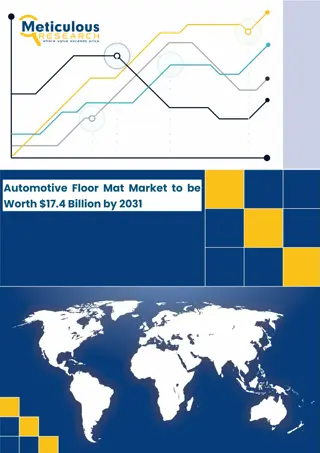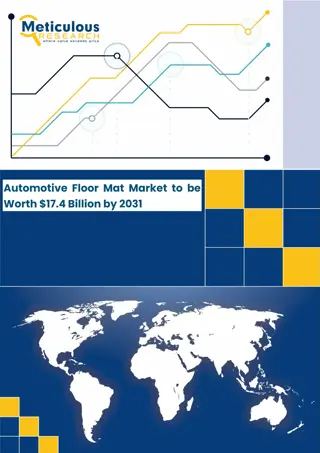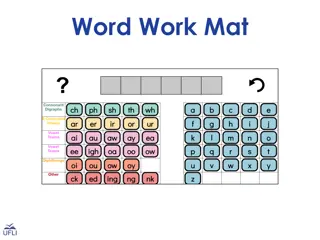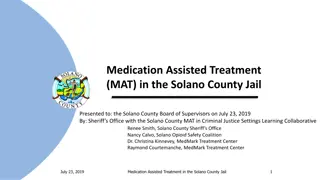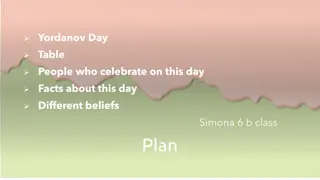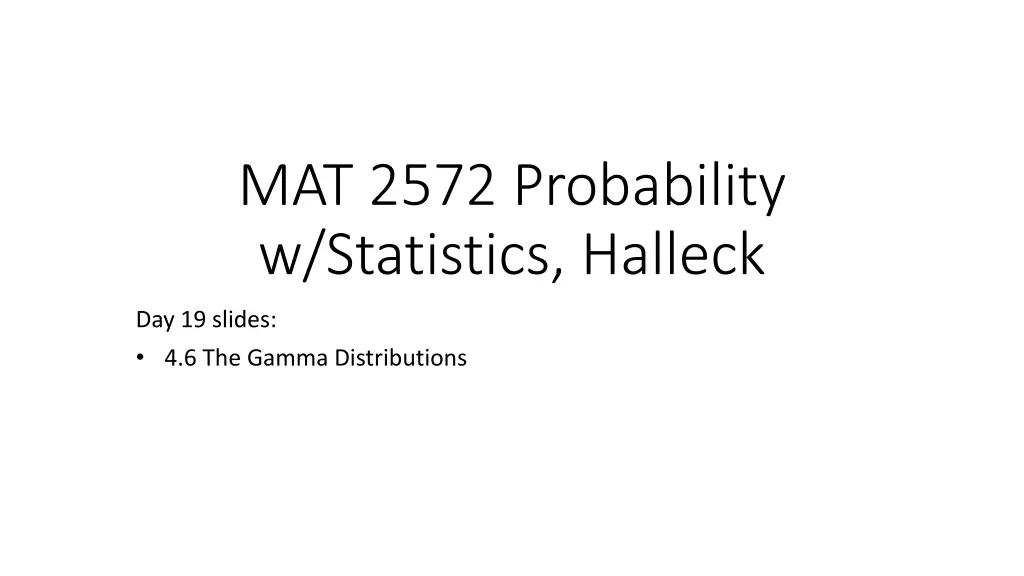
Gamma Distribution Example and Applications
Exploring the Gamma distribution through a space shuttle fuel pump design scenario, including calculations for system reliability and risk analysis, along with generalizations and implications for non-integer parameters.
Download Presentation

Please find below an Image/Link to download the presentation.
The content on the website is provided AS IS for your information and personal use only. It may not be sold, licensed, or shared on other websites without obtaining consent from the author. If you encounter any issues during the download, it is possible that the publisher has removed the file from their server.
You are allowed to download the files provided on this website for personal or commercial use, subject to the condition that they are used lawfully. All files are the property of their respective owners.
The content on the website is provided AS IS for your information and personal use only. It may not be sold, licensed, or shared on other websites without obtaining consent from the author.
E N D
Presentation Transcript
MAT 2572 Probability w/Statistics, Halleck Day 19 slides: 4.6 The Gamma Distributions
RV Y is Gamma w/ parameters r > 0 & > 0 if This distribution arises in same situation as exponential, but instead of measuring time it takes to reach one success. We measure time it takes to reach rth success:
Example 4.6.1: space shuttle fuel pump Engineers designing space shuttle plan 2 fuel pumps one active, other in reserve (so r=2). If primary pump malfunctions, reserve is automatically brought on line. A mission requires fuel for 50 hrs. Pumps fail on average once every 100 hrs (so =0.01). What are chances system would not remain functioning for full 50 hrs? Using integration by parts, we get .09 or 9%, clearly unacceptable. Exercise: how reliable should pumps be to bring risk down to 1%?
Generalizing gamma to r > 0 non-integers. There is a generalization of factorial namely: The improper integral converges for all r > 0 & an easy induction shows that For the time being, we will just use formula where r is an integer.
MGF, expectation and variance The same theorems used to go from Binomial to NB allow us to go from the exponential results and conclude:
Exercise: Graph density function for (r=3, =1) ? ? =1 2?2? ?
Exercise: Find mean, median and mode for (r=3, =1) and label on graph. ? = 3 Mean is = For median, let s first find cdf: ? ? =1 ??2? ??? 2 0 ? = ? ? = 1 ? ? ?2+ 2? + 2 ?2+ 2? + 2 . 2 2 ? = 0 Setting ? ? =1 In particular, we note that since (median) 2.67 -> 3 (mean) is a movement from left to the right, this confirms the right skewing evident from the graph. 2, we get ?2+ 2? + 2 ??= 0 or ? 2.67
Exercise: Find mean, median and mode for (r=3, =1) and label on graph (cont.) To find the mode, we need to find the max of the density function. ?= ? 1 2?2? ? ? =1 2? 2 ? ? ? so ? = 2 (In general, the mode is ? = (? 1)/ .) mode 2 median 2.67 mean 3
Graphs of various gamma distributions Fixing r=3 (labeled B in graphs) and varying (=1/n in graphs) Fixing =1 and varying r (labeled B in graphs)
Exercise 4.6.1 Weather station An Arctic weather station has three electronic wind gauges. Only one is used at any given time. The lifetime of each gauge is exponentially distributed with a mean of 1000 hrs. On average, how long will it be until the last gauge wears out? This is gamma with = 1000 and r=3. E ? = 1 ? = 3 1/1000= 3000
Exercise 4.6.3: some hints on how to proceed A set of measurements Y1, Y2, . . . , Y100 is taken from gamma dist. with = 1.5 & 2= 0.75. How many Yi s would you expect to find in the interval [1.0, 2.5]? Tricky, multistep problem. Overarching distribution is binomial 100 trials with a fixed but unknown p p corresponds to chance that gamma outcome for a trial is between 1 & 2.5. To do this we need parameters r and . To get these parameters, use and the given to get 2 equations. This system is easily solved.




